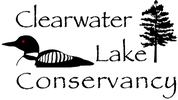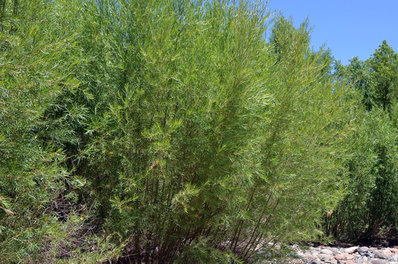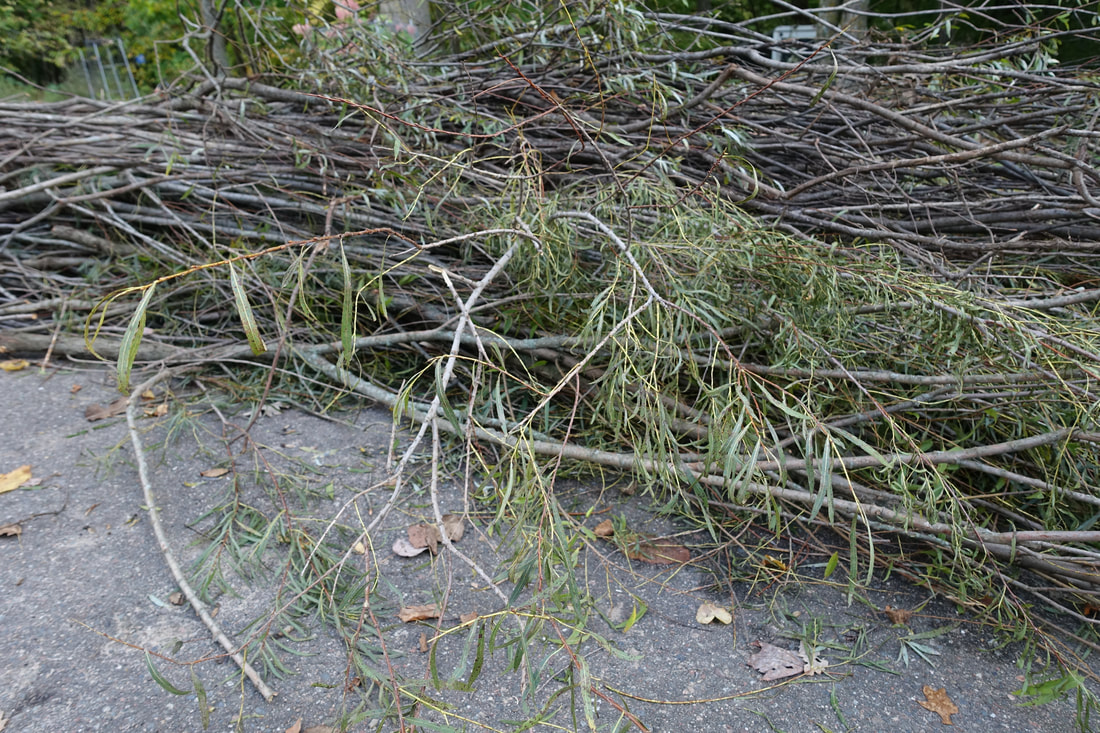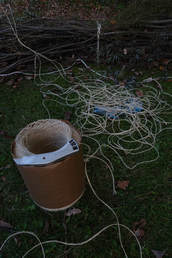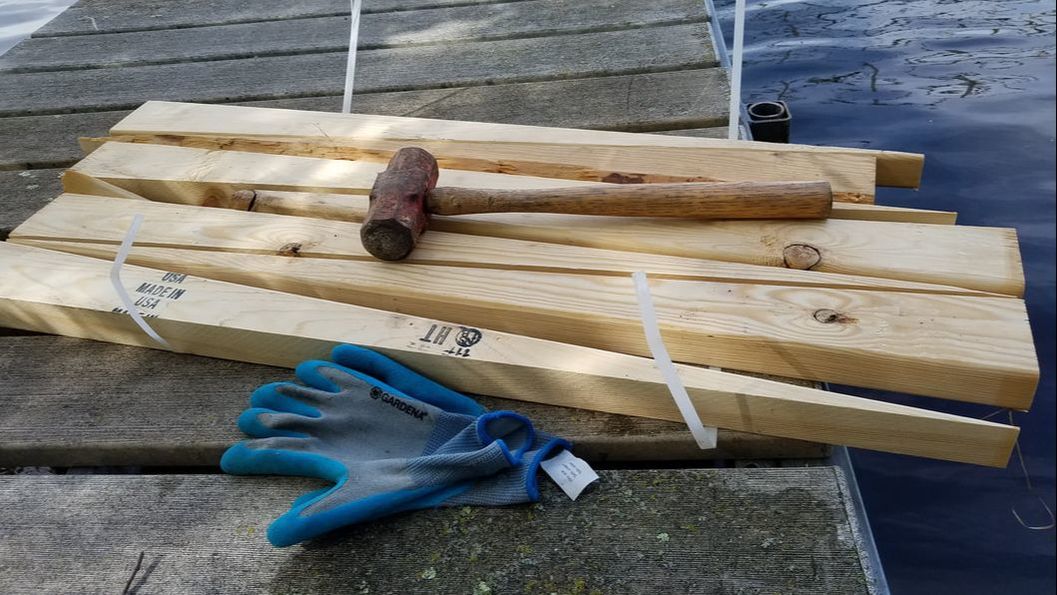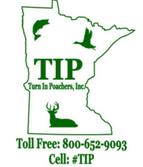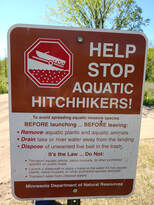|
WillowThis is not branches from a weeping willow tree.That’s what I thought.There are actually several varieties of willow bush that work well for wattle. The 2 preferred species for willow wattle are Sandbar and Narrow Leaf. They are bushes that grow similar to Lilac bushes, about 10 feet tall with a branch diameter maxing out about 2 inches.
Optional Tools:
All photos by Kathy Peterson, except Uncut Narrow Leaf Willow.
|
